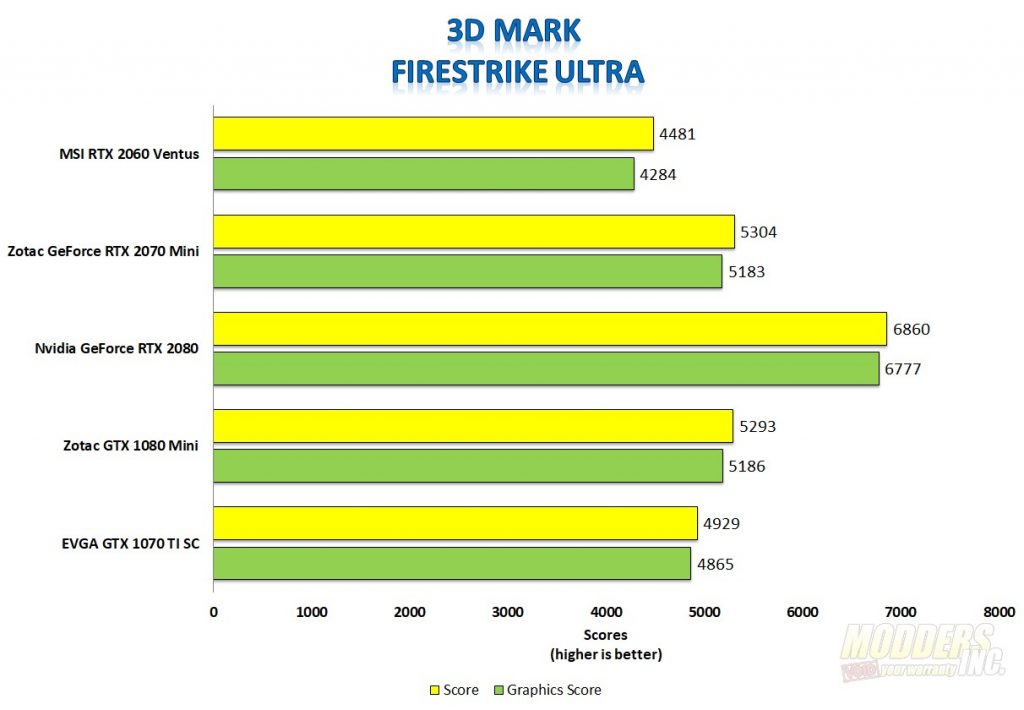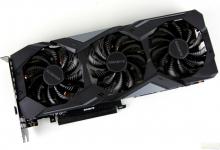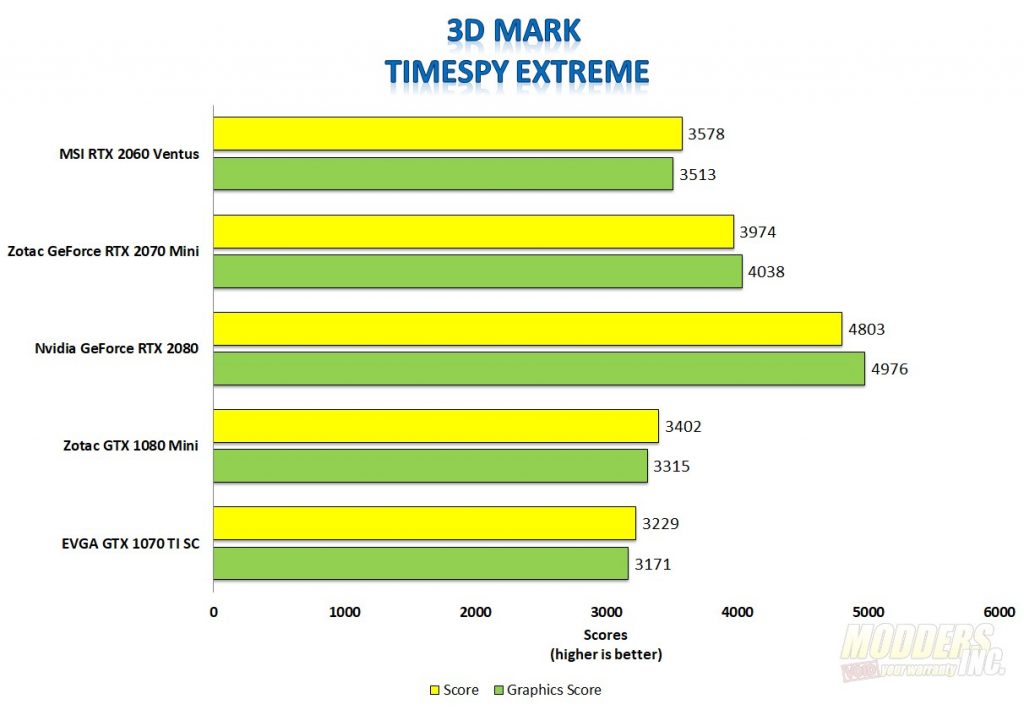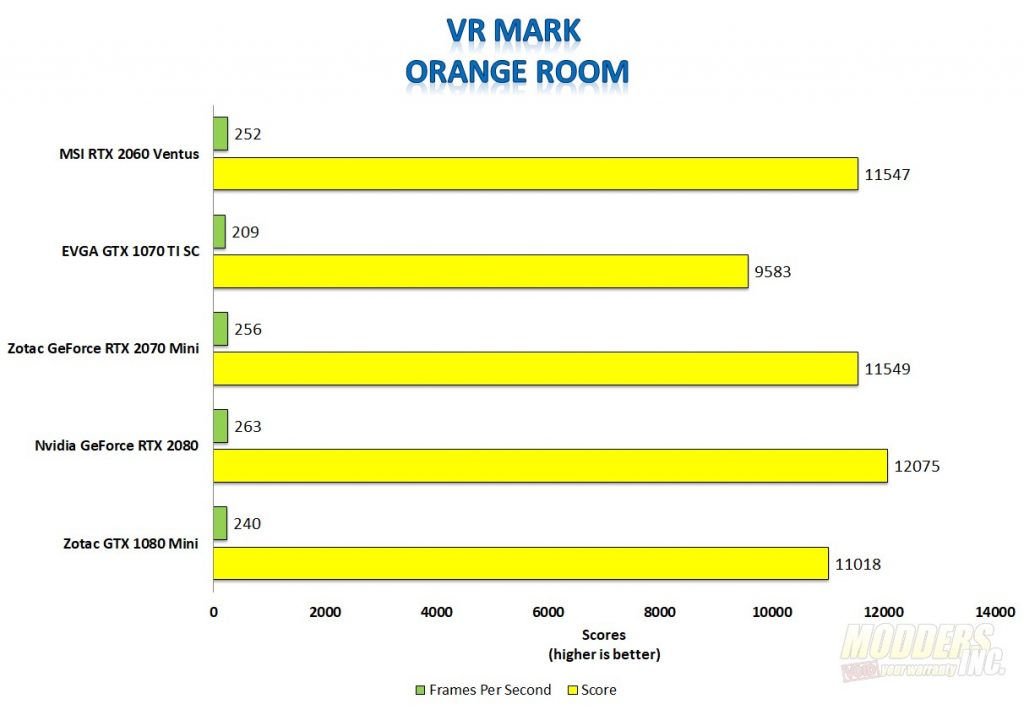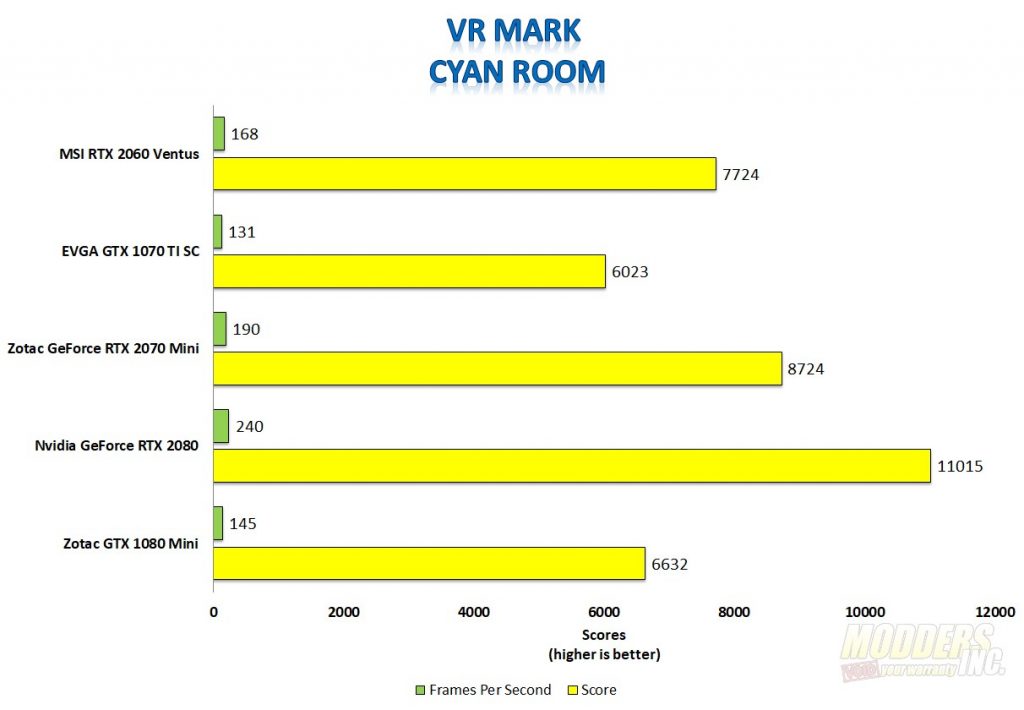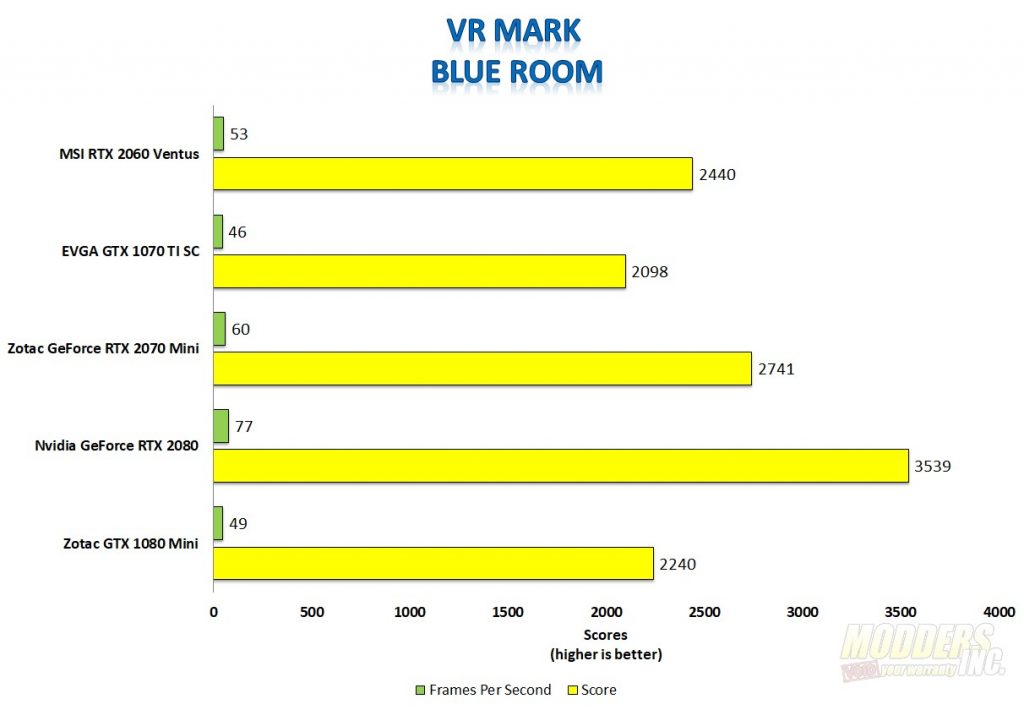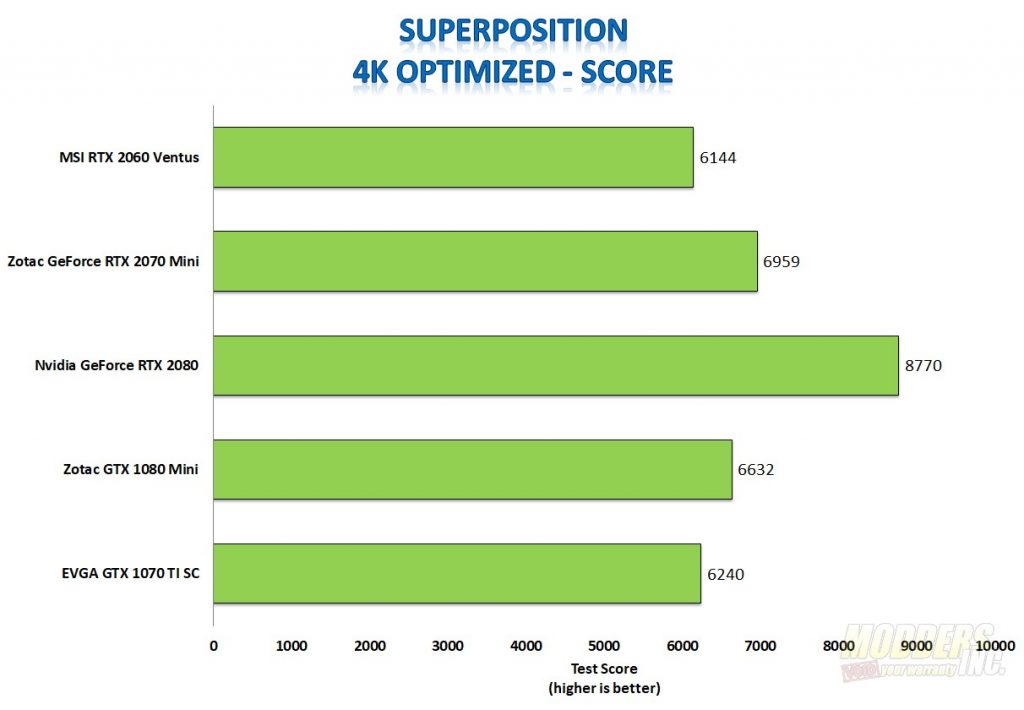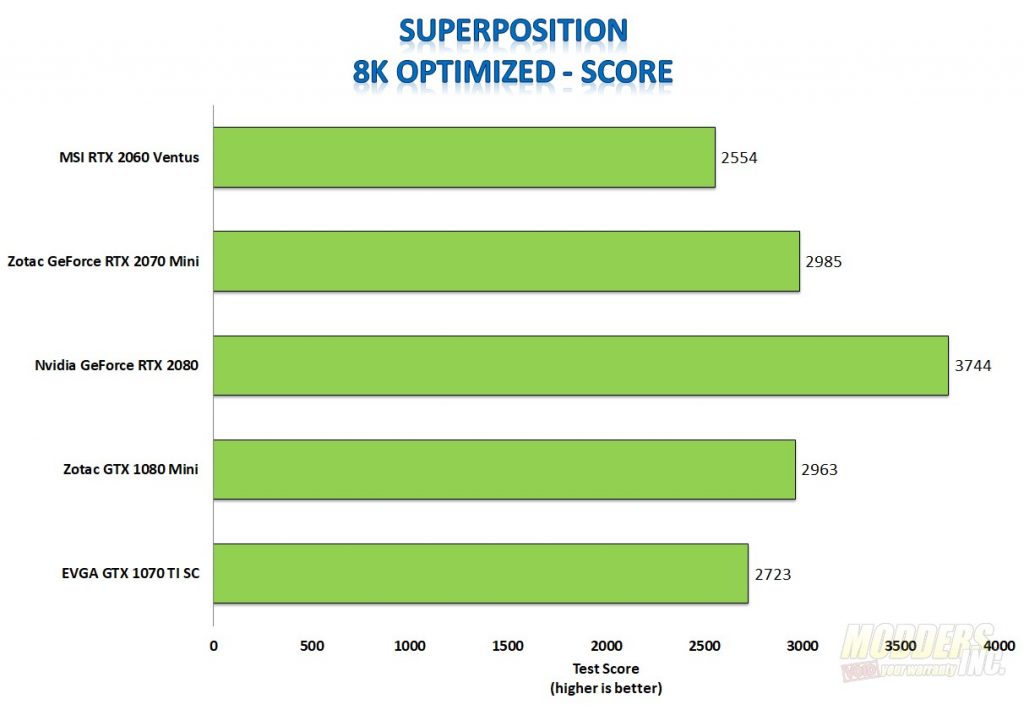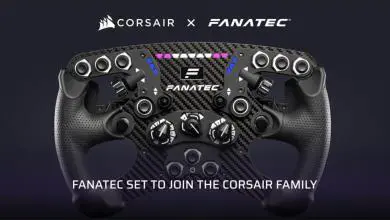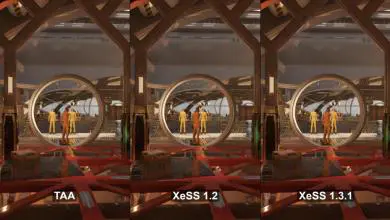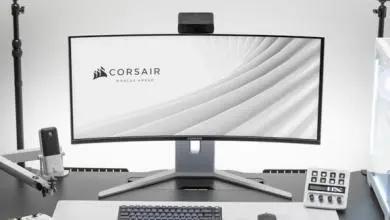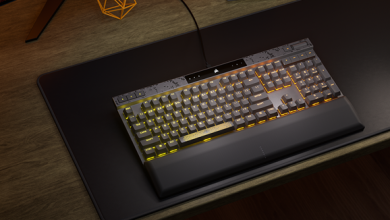MSI GeForce RTX 2060 Ventus 6G OC Graphics Card Review
Test System and Synthetic Benchmarks
| Component |
Product Name | Provided By |
| Processor | Intel Core i7-8700K (Retail) | Intel |
| Motherboard | Gigabyte GA-Z370-Gaming 7 | Gigabyte |
| Memory | G.Skill SniperX 2x8GB @ 3400MHz 16-16-16-36 (XMP) | G.Skill |
| Drive | Samsung 240 EVO 256GB SSD, Crucial MX500 1 TB SATA III SSD | Samsung/Crucial |
| Video Card | Zotac Geforce RTX 2070 Mini, Nvidia RTX 2080 Founders Edition, Zotac Geforce GTX 1080 mini, EVGA Geforce GTX 1070 TI | Zotac/Nvidia/EVGA |
| Monitor | BenQ EL2870U 28 inch 4K HDR Gaming Monitor 3840×2160 @ 60 Hz | |
| Case | DimasTech EasyXL | DimasTech |
| Power Supply | Cooler Master Silent Pro M2 1500W | Cooler Master |
| Operating System | Windows 10 x64 Pro with latest patches and updates |
I want to thank Zotac and EVGA for providing their respective GPUs as comparison cards for this review.
Testing Methodology:
There are many ways to benchmark GPUs. With these benchmarks our goal is to do two things: first to show the performance of the card and secondly to make them easy to replicate. With a similarly configured system, you should be able to get similar results to compare your current graphics card against. There will always be a variance from system to system. All games for this review are tested with the HIGHEST IN GAME PRESET unless otherwise specified. No changes were made to the operating system settings.
Synthetic Tests
3DMark Firestrike from Futuremark is a Semi-synthetic DirectX11 benchmark designed for high-performance gaming PCs. Firestrike performs advanced geometry, illumination and particle tests with its Graphics benchmark and performs physics simulations using the CPU. Firestrike Ultra Kicks it up a notch and ratchets up the resolution to 4K and turns the quality up a bit.
The RTX 2060 Ventus scored 4284 in the graphic category. This is just behind the 1070 TI which scored 4865 overall.
Timespy is an additional test in 3DMark which represents DirectX 12 gameplay. The extreme version is meant to test the highest end graphics cards at 4K.
In Timespy, the RTX 2060 Ventus scores 3513 in graphics. Compared to last generations 1070 TI at 3171 and even eclipses the 1080 mini at 3315.
The final test in 3D Mark’s suite is the Virtual Reality Tests. These are designed to test how well your system would perform with a VR headset attached. There are 3 tests each with increasing demands.
The Orange Room test is designed to show the performance of VR using the Oculus Rift or the HTC Vive or similar generation headsets. In this test, the RTX 2060 came in just ahead of the EVGA 1070 TI and just behind the Zotac 1080 mini at 252 frames per second.
The Cyan Room test is the DirectX 12 benchmark for VR. The RTX 2060 Ventus did well and averaged 168 frames per second.
Finally, there’s the Blue Room test. This is designed for future hardware and renders at 5K (granted, Pimax does have a 5K headset). This is the most demanding out of the three tests and the RTX 2060 Ventus scored 53 frames per second. Keep in mind for a smooth VR experience, 90 frames per second is the goal.
Unigine’s Superposition features both a monitor benchmark but also a VR load as well. I used the 4K optimized and 8K optimized presets. Superposition also allows you to explore the environment in VR Mode with your headset connected.
In the 4K test, the RTX 2060 Ventus scored 6144 and in the 8K test, the card scored 2554. This keeps pace with the GTX 1070 TI and the trend we’ve seen over the last few generations where the new generation’s performance level moves up one step over the previous generation. (i.e. 2060 performance should match or exceed 1070 levels of performance.)
